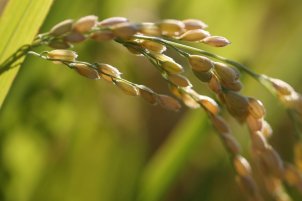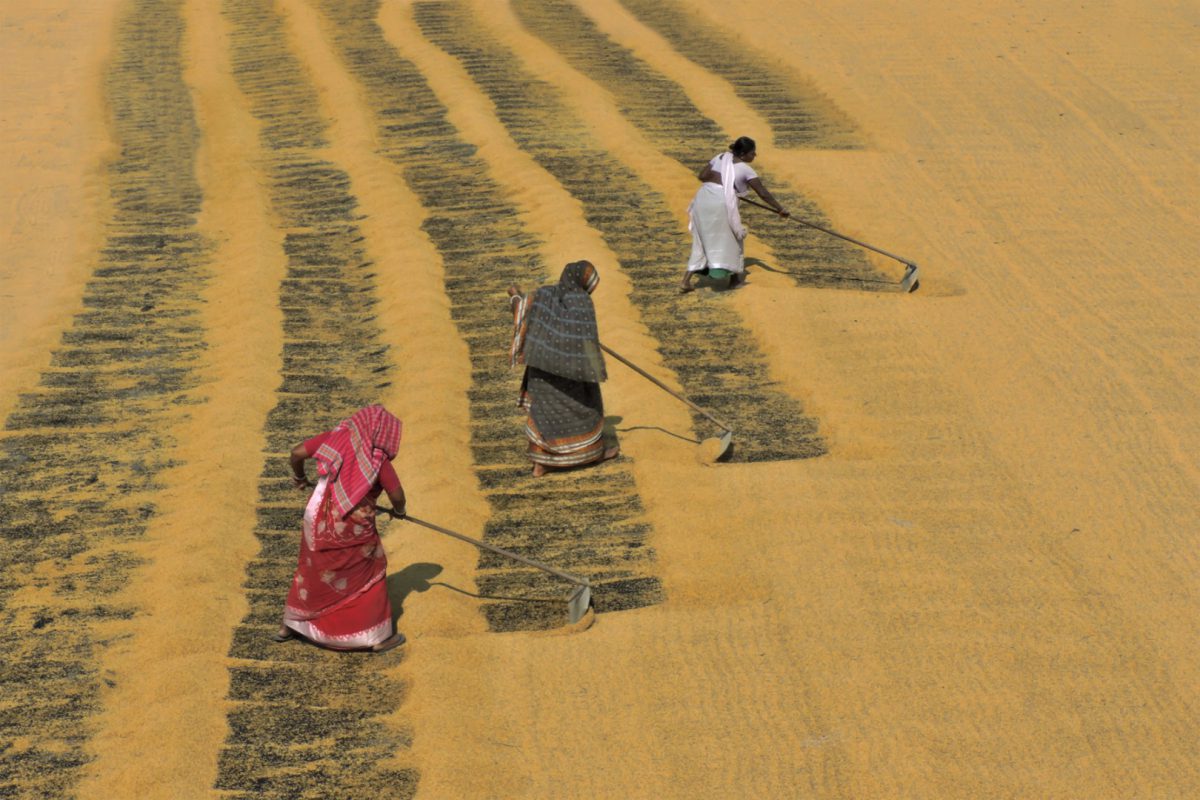Generally, rice plants take about 3 to 6 months to grow from seedlings to reach maturity, mostly varying according to the environmental conditions and undergo 3 distinct growth phases, which are vegetative, reproductive and ripening.
As such, rice varieties across the world are categorized into 2 groups based on their growth duration. There is a short-duration variety maturing in 100 to 120 days and a longer when taking about 150 days.
Let’s now take a look at how rice is grown:
1. Seed Quality Analysis & Selection
To realize the yield potential, a seed must be grown, harvested and finally processed justly. Also, healthy, good-quality seeds carry the potential of increasing the yield by 20%. Some of the benefits of using good quality seeds are:
– Decreased seeding rates
– Increased crop emergence
– The decreased need for replanting
– Vigorous early growth
– Increased resistance to pests, insects and natural diseases
– Reduced weed growth
A good seed is one which is pure, i.e. coming from single variety, uniform in size, viable and free of pathogens, insects and seed-borne diseases.
2. Land Preparation
It’s mandatory to prepare the land and render it suitable for planting seeds. The soil, before planting, should be in the best physical condition if one expects an optimum plant growth. Essentially, land preparation involves plowing, digging up or harrowing to till and leveling the soil.
3. Crop Establishment
There are two common practices for planting rice seeds. These are:
– Direct seeding: Done either by hand or machine, direct seeding involves broadcasting pre-germinated/dry seeds. Generally, dry seeds are manually planted into the soil in ecosystems that are rain-fed, while pre-germinated seeds are planted in areas with dry soil.
– Transplanting: More popular of the two, transplanting involves the transfer of pre-germinated seeds from seedbed to wet fields. Although it requires less seeds and is a particularly effective method to control weeds, it is labour intensive.
4. Water & Nutrient Management
Since rice is grown in bunded fields which are flooded for up-to 10 days prior to the harvest, it’s fairly easy to determine that rice is extremely sensitive to water shortage. Contributing to this fact is its semi-aquatic ancestry. Keep in mind the following water management tips for maximum rice yields:
– Construct field channels
– Optimum land preparation
– Leveling the soil
– Construct bunds to limit any water loss
It’s also important to keep in mind that rice plant requires different nutrition at different stages. Nutrition management is a chief component of rice production.
5. Crop Health
Globally, farmers annually lose about 35% of their crops to plant diseases and pests. Rodents, insects, viruses, weeds, etc. are arch nemesis of rice plant. It’s important for rice farmers to understand how the crops interact with the pests and avoid such conditions. Certain tips that could help are:
– Land and water management
– Hand weeding
– Herbicides
– Good cleaning of farming equipments
– Pest resistant seed varieties
6. Harvest
Harvesting involves the collection of mature rice plants. AS we’ve discussed above, rice crops generally take 100 to 150 days to mature, depending on their growth duration. To minimize grain damage and for maximum yield, it’s mandatory to involve good harvesting techniques. It can be done either manually or using a combine harvester. Harvesting includes:
– Reaping
– Threshing
– Cleaning
– Hauling
– Field drying
– Stacking
– Packaging
 MAIL US :
MAIL US :
 CALL US :
>
CALL US :
>

